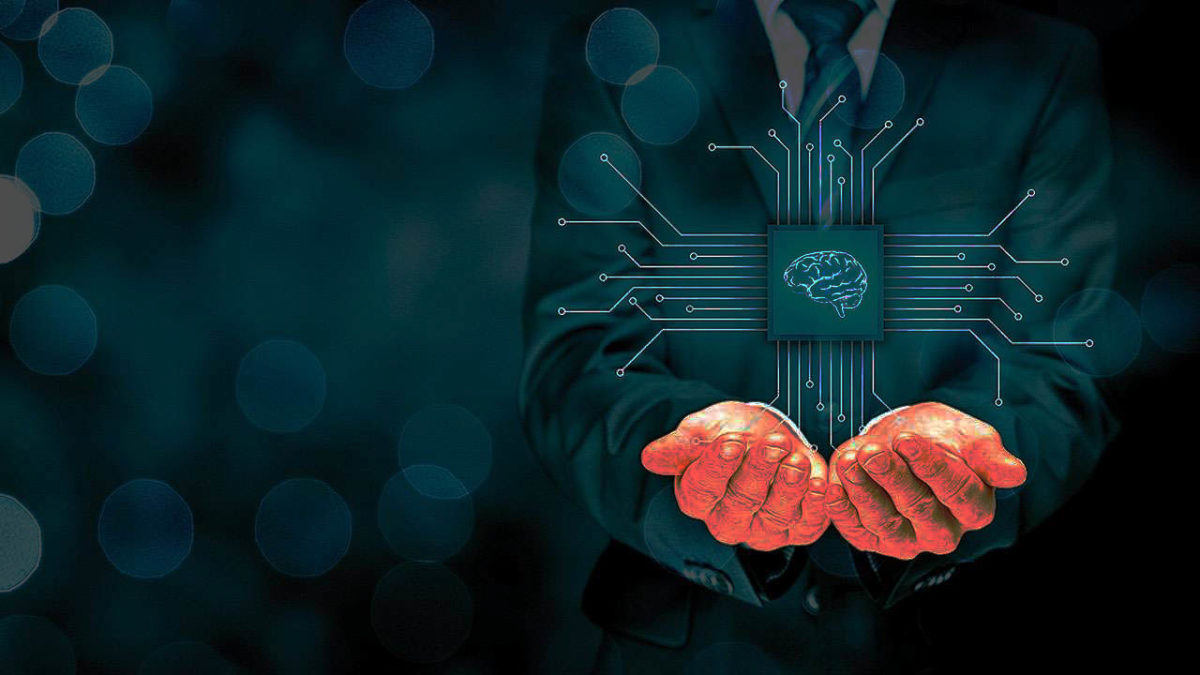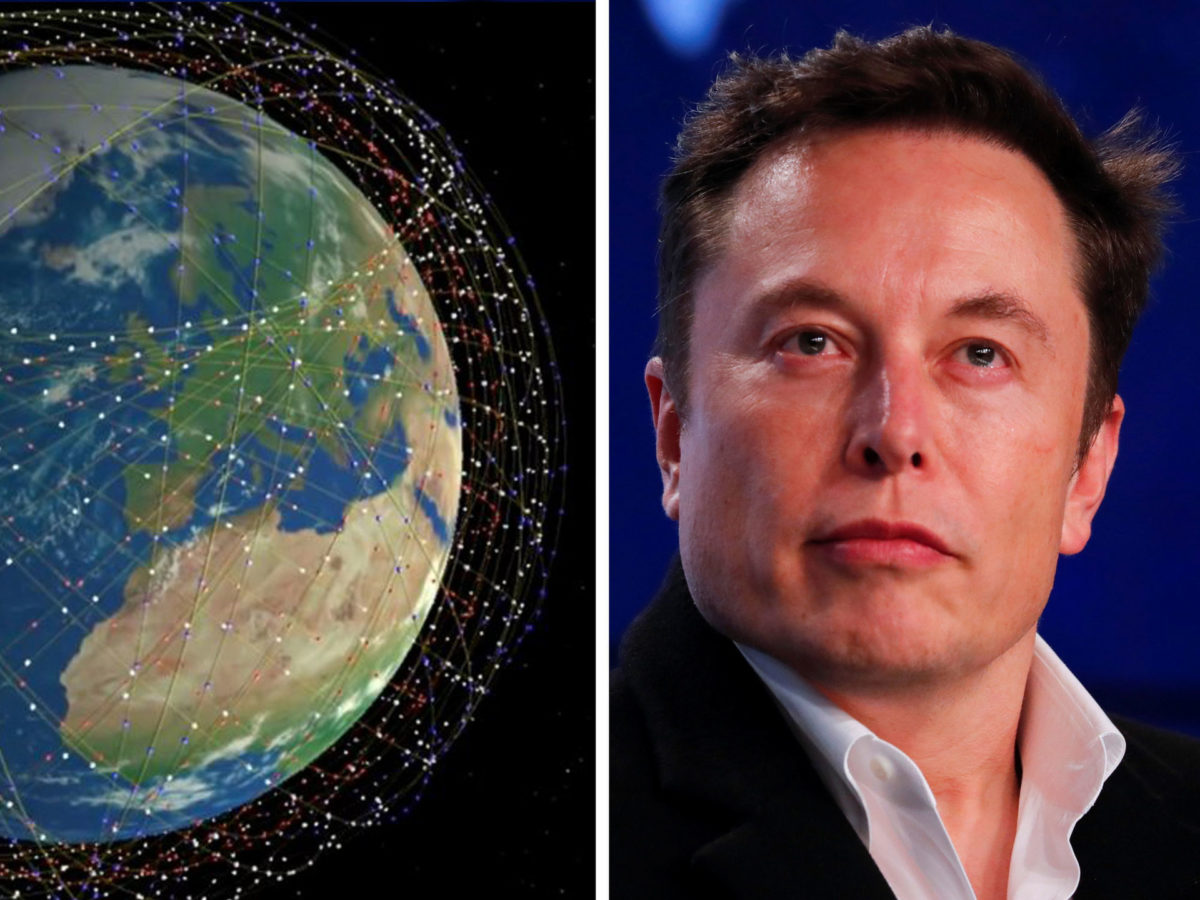LAST week, we looked at how companies that initially look like they are operating outside your industry can in a short space of time become your competitors, disrupt your business model and literally eat your lunch.
A while back, Facebook started out as a harmless-looking website called FaceMash, which was later renamed TheFacebook, then finally dropping “The” in 2005 to just Facebook. It was simply a website where people connected with their friends, shared pictures of their kids’ birthday parties and sometimes posted pictures of what they had just ate for lunch. It looked harmless, but without warning and in a very short space of time, it morphed into a media company controlling a significant portion of the global advertising market.
With hindsight, it looks like it was a logical transition for the social networking site, but back in 2004 when Facebook was founded, no-one had an idea of what was about to happen. This happened so quickly and it resulted in the massive transfer of advertising dollars from traditional print and TV media to Facebook. Last time I checked, Facebook was a media juggernaut earning up to US$16.6 billion per quarter from advertising alone. That’s money that could have been spent on print or TV, but Facebook has taken it – it has literally eaten people’s lunches.
As I write, it is now evolving into what looks like a fintech behemoth with its current power play in crypto-currency. We will see how this plays out but if it succeeds in launching the Libra crypto-currency, then mobile payment platforms and banks are in real trouble. There will be some pain. It’s not clear how much pain will be felt though and I think it will depend on the regulators. Regulatory authorities seem to be the only thing standing in the way of Facebook decimating the banks and mobile payment platforms. Their concerns are that it places too much power in the hands of a group of private unelected individuals whose motivations may not be public good but profit.
But imagine for once what will happen to local companies like EcoCash when people are able to send, receive and store value on Facebook. Imagine what will happen to traditional banks when people can suddenly store value on their Facebook accounts but most importantly convert the value to any real currency anywhere in the world. It’s a game changer. This is because the plan is to have the Libra crypto be backed by real hard currency. This has far wider implications and it is a big deal. No-one knows what will happen for sure.
The lesson here is that in the intelligent digital era, treat everyone as your competitor – “you must be paranoid” as one legendary CEO once quipped. This is especially true for digitally-native businesses like Amazon, Econet and Google. They can leverage the power of the internet to launch products in multiple countries covering millions of people all within a few hours. For example, here at home, Econet started out as a communications service company selling mobile voice connectivity. No-one could have anticipated how it will morph into the conglomerate it is today. To-date it has disrupted banking, insurance, logistics and energy sectors in rapid succession. So be on the look-out for these digital natives. They can sneak up on you and destabilise your business model.
So you may be asking, what do I need to do to make my business fit for the future, be able to innovate and compete effectively? The answer is that you have to be paranoid, then go digital and innovate – in that order, I guess. But what does that mean? Some might think that’s just buzz word speak. You may be a fresh produce farmer or a cable manufacturer or a cooking oil producer, and you could be wondering – how do I go digital? Where do I start?
Let’s use a cooking oil producer as an example of how to go digital. But before I proceed though, a word of caution. Having a website or a social media presence or repeating the words “let’s innovate, let’s innovate guys” in meetings with your team will not make your business innovative. I have seen business leaders who actually believe that by repeating the words “let’s innovate guys” to their teams constantly, they will somehow actually foster a culture of innovation. I kid you not.
I have even seen others who say: “We already have a website and we are active on social media, so we are already a digital business.” I have seen others who redesign their logos and websites, speak the digital lingo, implement some fancy software which helps simplify some business processes, reduce their headcount and point that as evidence that they have become digitally transformed. They will introduce piecemeal technology solutions on top of existing systems and point that out as real digital transformation. You must really watch out for these folks. They will delay real progress.
Now coming back to our example, as a cooking oil producer, you have an inbound supply chain which brings in oil seeds like soya beans and cotton seeds to your processing facility where you use different pieces of equipment to extract the “crude” oil. You typically use extruders for cotton seeds and these use massive amounts of force to literally squeeze the oil out of the seeds. With soya beans on the other hand, you use a rather novel process called solvent extraction to coax the oil out of the seeds. In all these examples, you rely on pieces of equipment which need to be maintained and serviced to operate optimally. Now, in such a business (and all businesses for that matter) in order to go digital, you first and foremost require top management commitment and buy in to total digital transformation. Transformation being the key word.
The next step will be to make a deliberate decision to place data at the centre of how you run your business. Sounds easier and some people might claim that we already do that. Think about this carefully. Be able to distinguish between digital data and analogue data. This means you will need a way of collecting digital data from your inbound supply chain processes, your equipment in the factory, your outbound supply chain, your market and the people in your company. To do this effectively, you will need for example, to embed myriad sensors in production equipment to collect data points in real-time for things like temperature, vibration and noise and then send this data to a database where it is stored. This data will give you some idea of the condition of the equipment being monitored and can help you predict breakdowns before they happen for example. It will help your engineers pro-actively plan when to pull a piece of equipment out of production and service it before the impending failure happens. This is a real game changer for many production-oriented facilities. It boosts equipment up-time, increases output and reduces spares holding costs, which are typically “grudge” purchases in some organisations because they tie up cash.
In addition, the sensors must connect the pieces of equipment to “each other so that they can talk to each other” and to what we call an “intelligent digital core” like SAP HANA for example (we will talk more about this in the coming weeks so don’t worry). Embedding sensors and devices in your business operations is what digital people call IoT (Internet of Things). The “Things” are typically sensors, devices and actuators (will explain this later as well). The more sensors you have the more data your business operations will generate. This data will come in real-time at a high velocity, high variation and high volume. We call this Big Data. Once you have collected this data, you need analyse it and do smart things with it. But because you are generating lots of this data, it is really hard to rely on humans alone to spot patterns in it and make intelligent decisions. This is where techniques like machine learning come in. So next week, we will look at what to do with this data once you have collected it.
In conclusion, driving digital transformation requires an organisation to put data at the centre of everything it does. Armed with data, you can gain unique insights, make smart decisions and innovate. I hope in simple language, I have been able to give you an idea of where to start on your journey to digital transformation.
This is the second article, in a five-part series and in the following weeks, we will look at what is machine learning, blockchain technology, artificial intelligence and how they fit in together to create a truly digital enterprise. In all this, we will use case studies and explore how one can also simultaneously innovate as well.















